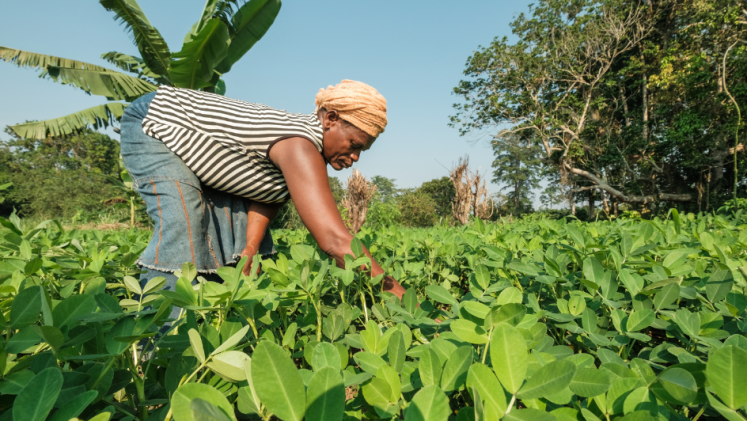Land degradation is a major global challenge impacting our environment and people. We rely on land for our food systems, livelihoods, well-being and even for protection against hazards. Yet, degradation is occurring at an alarming rate. That is why the work of countries to achieve the goal of no net loss of land from degradation by 2030, the United Nations Convention to Combat Desertification' (UNCCD)’s goal of Land Degradation Neutrality (LDN), is so important. Achieving this hinges on effective monitoring and reporting of degradation and progress towards LDN. However, key challenges, especially for vulnerable countries, need to be overcome.
Here are five challenges countries face in monitoring and reporting progress towards LDN:
Data limitations are a crucial barrier
Geospatial data plays an important role in monitoring and reporting changes to our environment, whether that is land degradation, the effects of climate change or biodiversity loss. Such data allows us to see the negative changes to our environment and even improvements after solutions have been applied. However, data challenges persist, especially for vulnerable nations. Efficient and precise data relies on high-resolution imagery, often satellite imagery, to catch even the slightest changes to an area of land. That can be a major issue for countries such as those in Small Island Developing States, whose islands are often only a few square kilometres.
Technical and human resource gaps persist
Meeting the vast need for data also requires trained personnel and experts. Not all countries have such a pool of personnel at the ready, meaning there is a limited capacity to conduct analysis and reporting activities. Participatory mapping of land degradation requires community members working with trained personnel to map out land degradation in their areas. Furthermore, GIS-trained people are then needed to turn results into maps, reports and data tables. Likewise, on the policy side it also takes national experts who understand such information, relevant targets under LDN and their associated interventions. Some countries have little to no experts who can fill these roles.
Financial constraints hamper monitoring and reporting activities
Inadequate financing is a key barrier that affects monitoring and reporting in several ways. Financial constraints offer procurement challenges, especially for using quality tools, which are expensive. Light Detection and Ranging (LiDAR), which is used to conduct things like topographic surveys or forestry surveys, is highly expensive and its cost implications are affected by scale and complexity. For remote or mountainous countries, this can be a serious issue. Financing additionally affects human resources and staffing. Lastly, financial constraints can lead to dependency on donor assistance to keep activities running.
Institutional and policy issues remain prevalent
Aligning relevant national institutions and policies to work in conjunction remains a crucial hindrance. Oftentimes different ministries and departments work in isolation from one another toward the same goal without much communication, coordination and collaboration. For example, ministries for lands, agriculture, natural resources and environment work on topics with a degree of overlap but independently from one another. This reduces overall efficiency, cost effectiveness and leads to missed opportunities to reach shared goals. In addition, countries often have 3 different national focal points that handle processes under the UNCCD, the UNFCCC and the CBD separately. However, collaboration among these focal points is a prime opportunity to tackle UN goals together, like combatting climate change and biodiversity loss.
Local limitations are difficult to account for
Though monitoring and reporting rests primarily at the national level, the local level is a crucial lynchpin. Here is where assessments are made and data is collected, which relies upon local resources and knowledge. Therefore, understanding local contexts is key. In many countries, land is owned by communities or private landholders. This provides limited access to land or the need to agree with the landowners to access land beforehand, which can hamper data collection and validation that would be needed for reporting.
Suggested citation: "5 Challenges in Monitoring and Reporting Progress on Land Degradation Neutrality ," United Nations University, UNU-EHS, 2025-08-28, https://unu.edu/ehs/article/5-challenges-monitoring-and-reporting-progress-land-degradation-neutrality.





